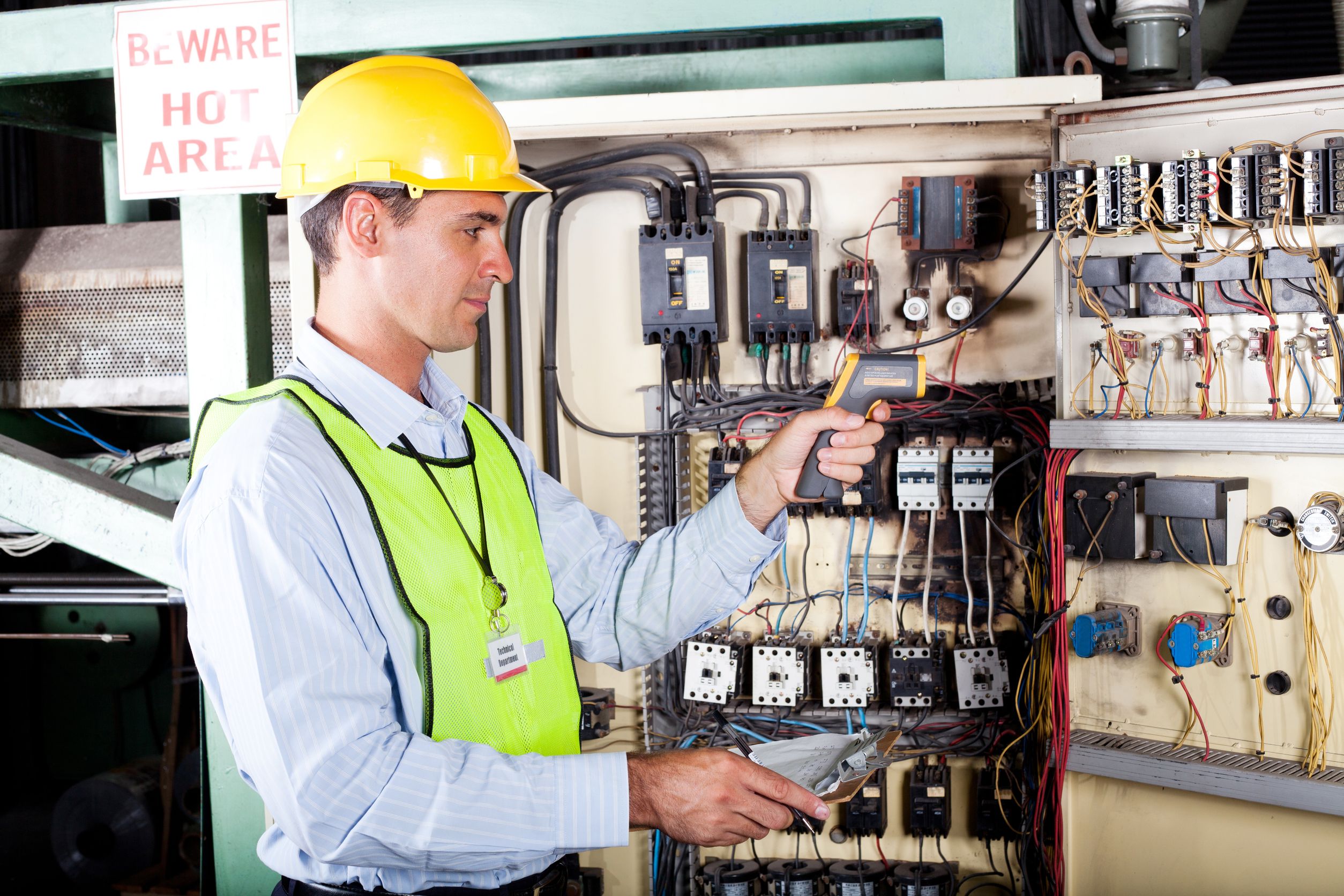One of the most common testing operations to perform on any type of component or device is the EMI test. EMI or electromagnetic interference testing is often performed in conjunction with EMC or electromagnetic compatibility testing.
Testing Reasons
It is essential to realize that these are two different tests. EMI testing is sometimes known as RFI or radio frequency interference. This testing is designed to determine the sensitivity of the device being tested in the presence of an external source. This may negatively impact any component and cause a device failure or loss of performance.
This testing is done for a wide range of applications, devices, components, and systems. You will find it is required for small items for residential use as well as for industrial applications, vehicles, military and for commercial types of components, devices, and products.
Choosing the correct EMI test equipment needs to be considered in light of several different factors. Each of these factors will have an impact on the testing equipment selected and also on the type of component, part or device being tested.
Understanding of the Testing Equipment
It is important to have a working knowledge of the EMI test equipment selected. One of the advantages of renting equipment over making a purchase is that your team has the ability to customize the choice of equipment with their specific testing parameters and requirements.
Most of the top equipment is designed to test to specific electromagnetic frequencies as well as to provide a maximum voltage surge. Always verify any equipment selected is within the testing range required.
Selecting the most current model and option in EMI test equipment is not always the best choice for every testing requirement. Working closely with the engineers and testing team will ensure the correct testing system is available.



